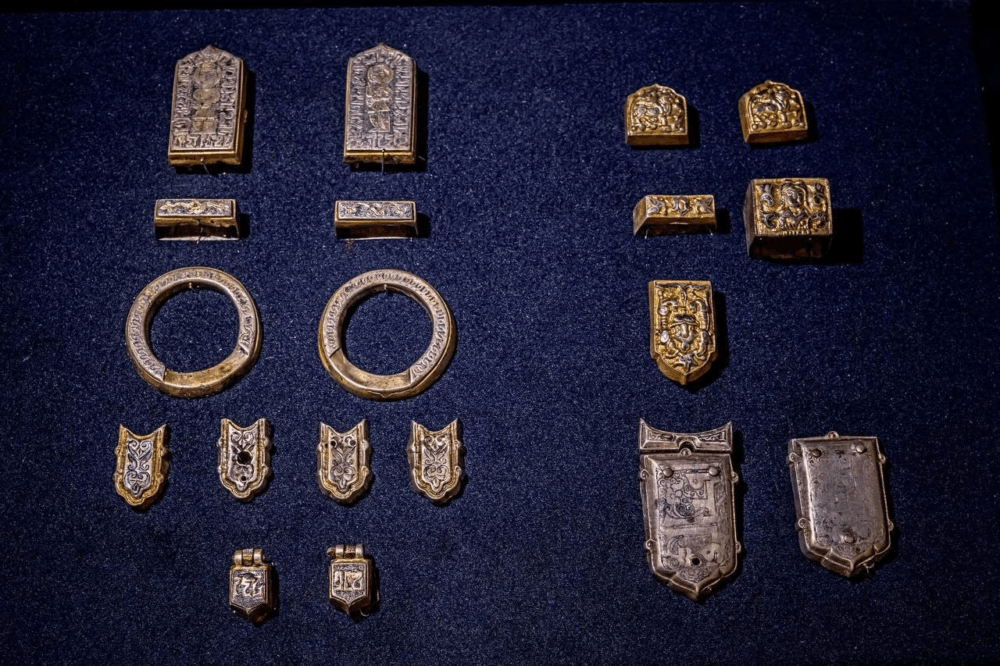While the developers are preparing to turn China into a duty point on the map of residential complexes, an exposition was opened at the National Museum of Ukrainian History of Ukraine, which clearly demonstrates the true value of this land. Before the Day of Kiev, there were a unique archeological treasure from Chinese-11 silver hryvnias and 21 bronze lining from the belt, dated to the end of the XI-beginning of the XII century.
According to archaeologists, the treasure was hidden in the clay amphora - most likely of Byzantine origin. It has not been preserved, but the description indicates red clay, handles and throat.
The peculiarity of this treasure is the presence of so -called "Chernihiv" hryvnias, which occur in historical findings extremely rare. They are known only by several ancient findings of the XIX -XX centuries (in particular, Gorbovo, 1878, Chernihiv 1999). These hryvnias are always found separately from other types and are not accompanied by jewelry.

Unlike modern appetites of developers, who, according to some reports, seek to erect another high -rise building on the lands of the Chinese archeological complex, the treasure indicates the sacred and trade importance of this territory in the day of Kievan Rus.
The plot was found in the territory that still preserves the name of the mousetrap - the area between Bagrinova Mountain, Holosiivskyi Forest and China. That is, where the struggle for land between communities and large developers is currently underway.
The value of such artifacts is not only in monetary equivalent, but also in symbolism: Kiev stands on the cultural heritage of millennia, and each such find is another argument against the total construction of historical territories.

